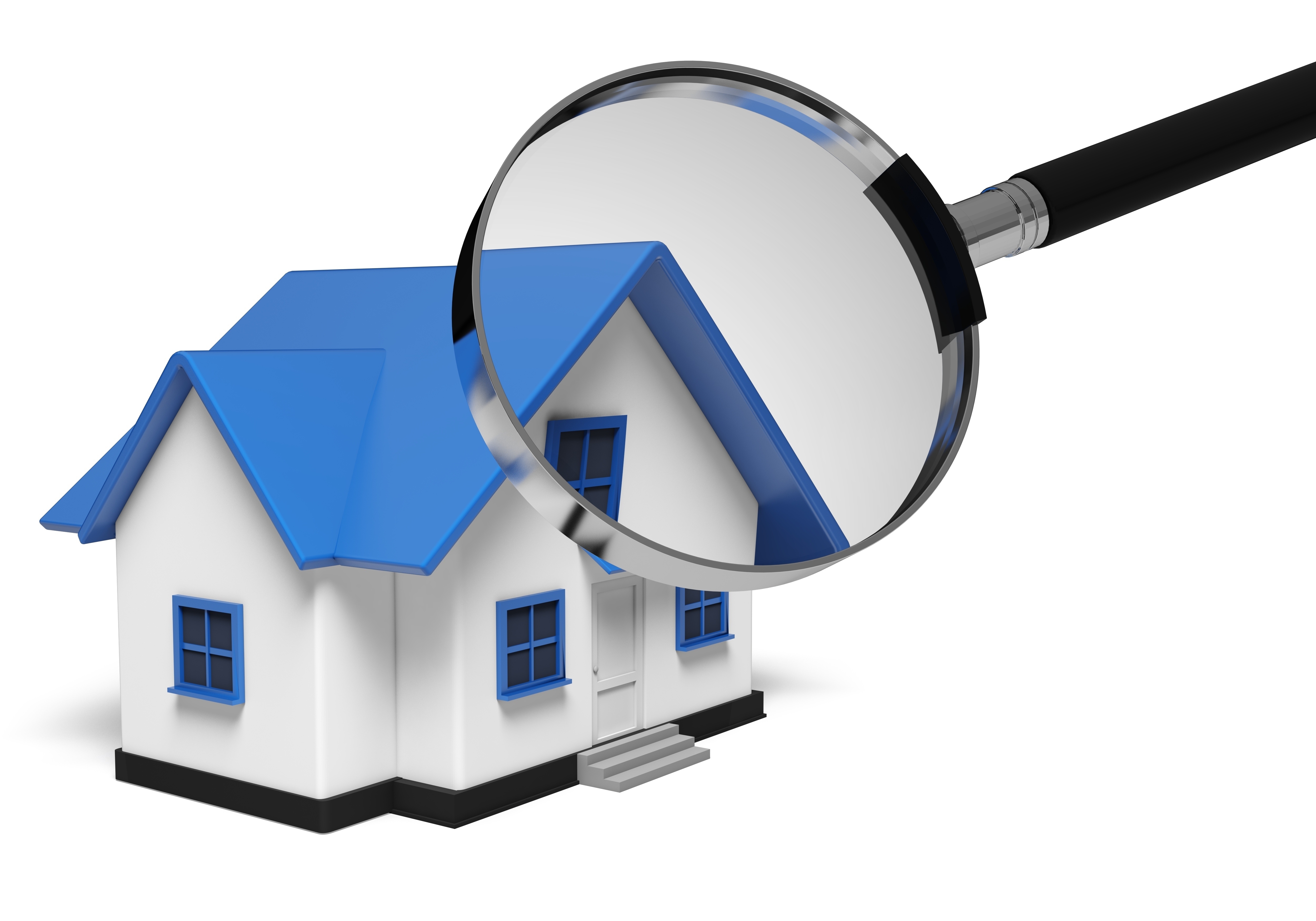
What Are the Components of an Appraisal?A home purchase is the most serious financial decision most people will ever encounter. It doesn't matter if a primary residence, a second vacation property or one of many rentals, purchasing real property is an involved transaction that requires multiple people working in concert to make it all happen. You're probably familiar with the parties having a role in the transaction. The most known face in the transaction is the real estate agent. Then, the mortgage company provides the money necessary to finance the transaction. And the title company makes sure that all details of the sale are completed and that a clear title transfers from the seller to the buyer. So, what party is responsible for making sure the value of the property is in line with the purchase price? In comes the appraiser. We provide an unbiased opinion of what a buyer might expect to pay — or a seller receive — for a parcel of real estate, where both buyer and seller are informed parties. A licensed, certified, professional appraiser from Appraisal 880 will ensure, you as an interested party, are informed. Appraisals begin with the property inspectionTo ascertain the true status of the property, it's our duty to first perform a thorough inspection. We must actually see aspects of the property, such as the number of bedrooms and bathrooms, the location, living areas, etc, to ensure they truly are there and are in the shape a typical person would expect them to be. The inspection often includes a sketch of the floorplan, ensuring the square footage is accurate and conveying the layout of the property. Most importantly, we look for any obvious features - or defects - that would have an impact on the value of the property. Following the inspection, an appraiser uses two or three approaches to determining the value of real property: a sales comparison, a replacement cost calculation, and an income approach when rental properties are prevalent. 
Replacement CostHere, we gather information on local construction costs, the cost of labor and other elements to calculate how much it would cost to replace the property being appraised. This estimate often sets the maximum on what a property would sell for. It's also the least used method. 
Sales ComparisonAppraisers become very familiar with the neighborhoods in which they work. They innately understand the value of particular features to the residents of that area. Then, the appraiser researches recent transactions in the vicinity and finds properties which are 'comparable' to the subject being appraised. By assigning a dollar value to certain items such as upgraded appliances, extra bathrooms, additional living area, quality of construction, lot size, we adjust the comparable properties so that they more accurately portray the features of subject.
Once all necessary adjustments have been made, the appraiser reconciles the adjusted sales prices of all the comps and then derives an opinion of what the subject could sell for. When it comes to associating a value with features of homes in San Jose and Santa Clara, Appraisal 880 is your local authority. The sales comparison approach to value is typically awarded the most weight when an appraisal is for a home purchase. Valuation Using the Income ApproachIn the case of income producing properties - rental houses for example - we may use a third approach to value. In this case, the amount of revenue the real estate generates is factored in with other rents in the area for comparable properties to determine the current value. Arriving at a Value ConclusionCombining information from all applicable approaches, the appraiser is then ready to state an estimated market value for the property at hand. The estimate of value at the bottom of the appraisal report is not necessarily the final sales price even though it is likely the best indication of what a property is worth. Prices can always be driven up or down by extenuating circumstances like the motivation or urgency of a seller or 'bidding wars'. Regardless, the appraised value is typically employed as a guideline for lenders who don't want to loan a buyer more money than they could recover in the event they had to sell the property again. Here's what it all boils down to, an appraiser from Appraisal 880 will help you attain the most accurate property value, so you can make wise real estate decisions. |